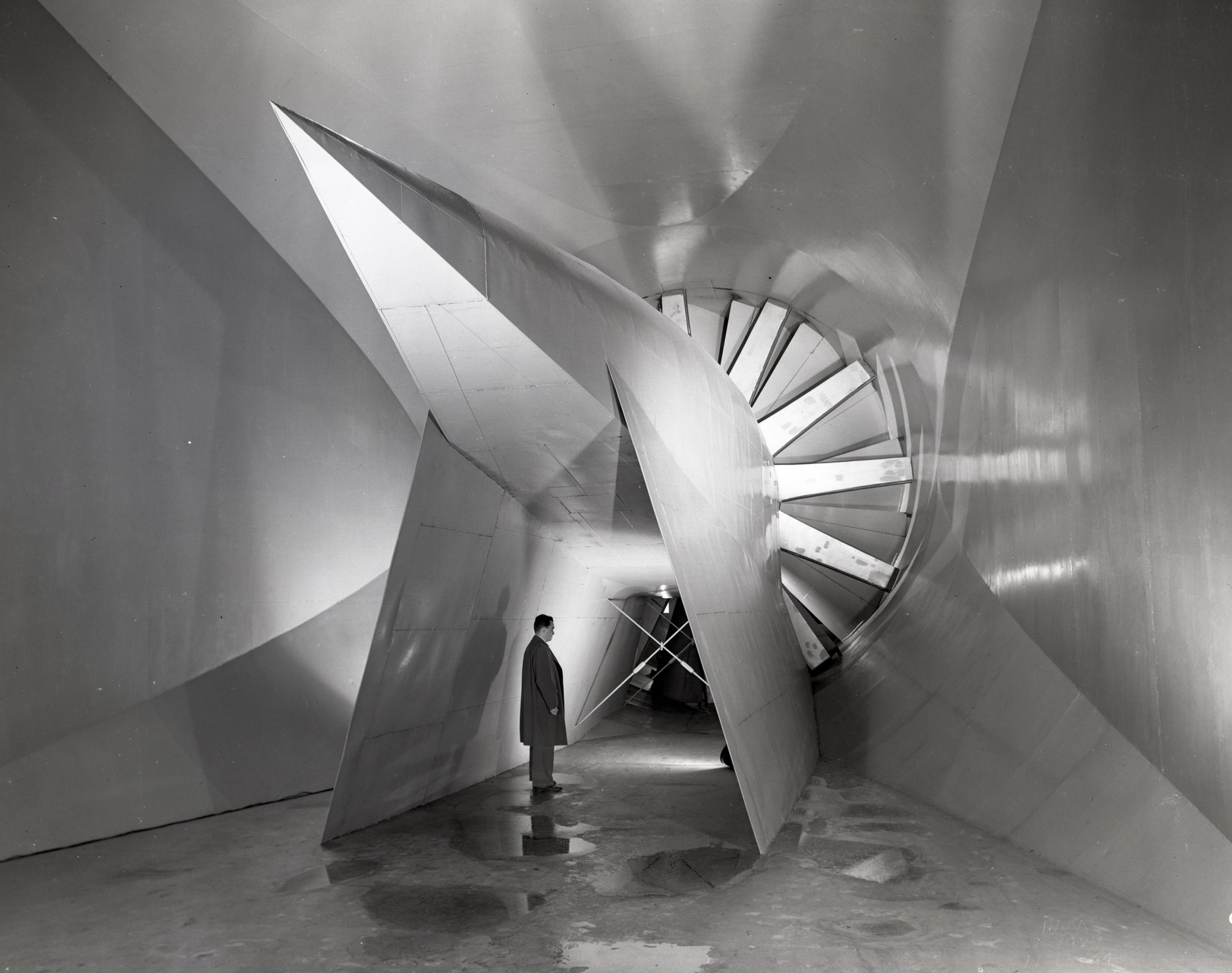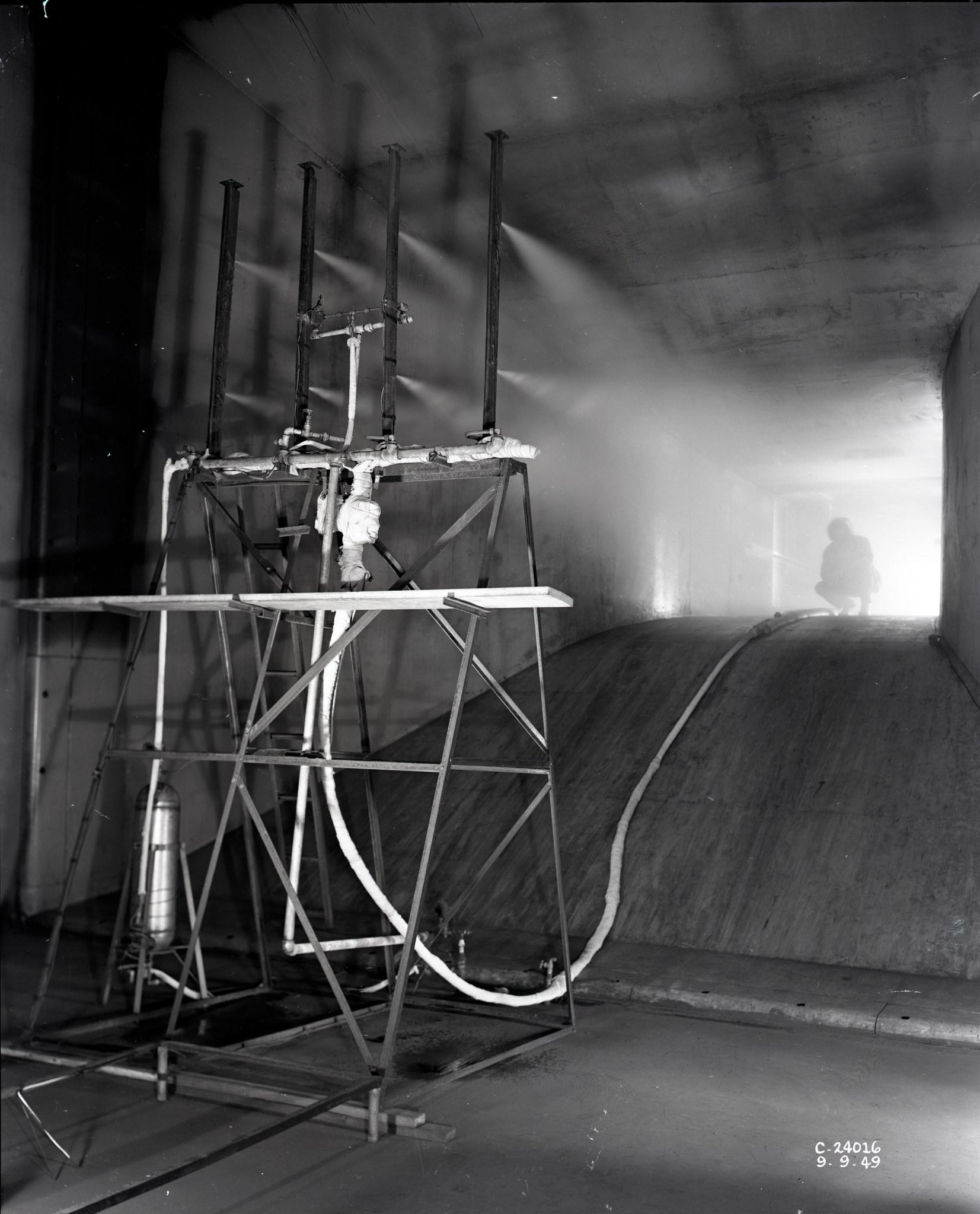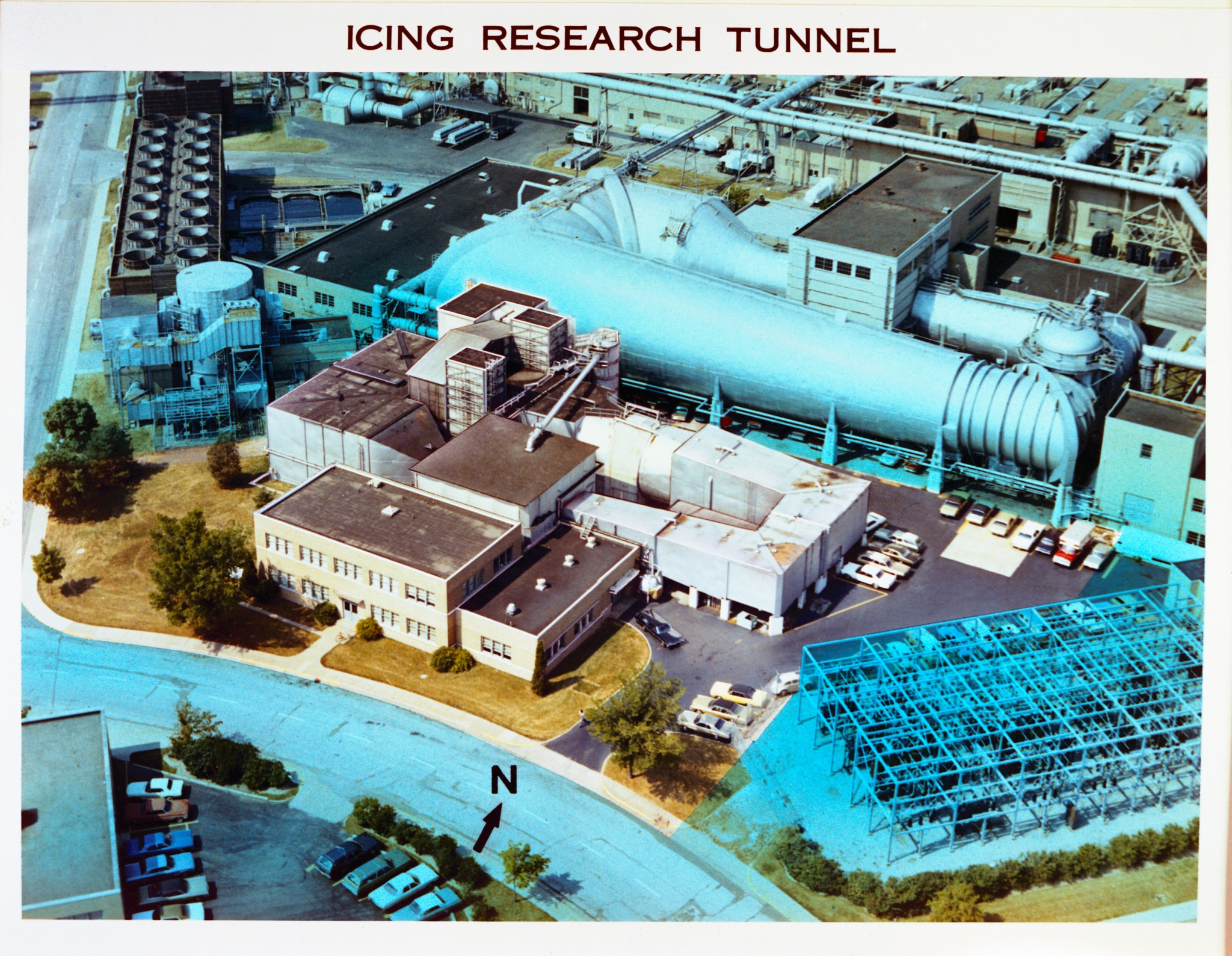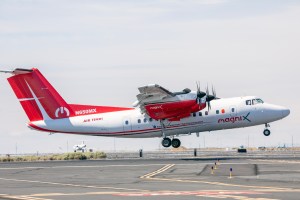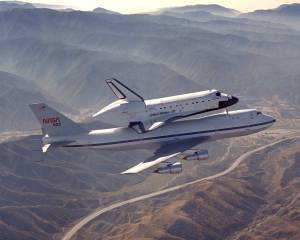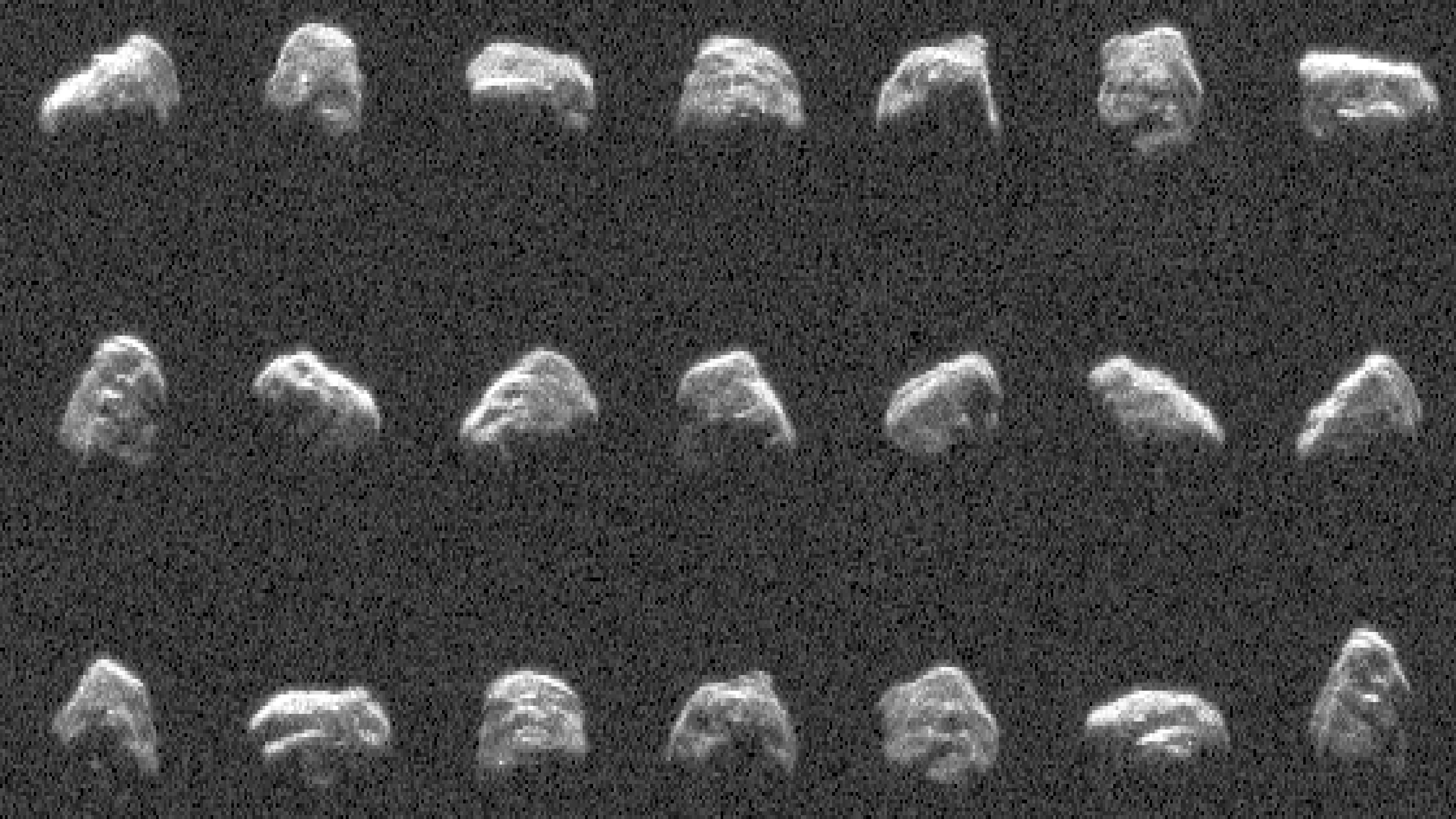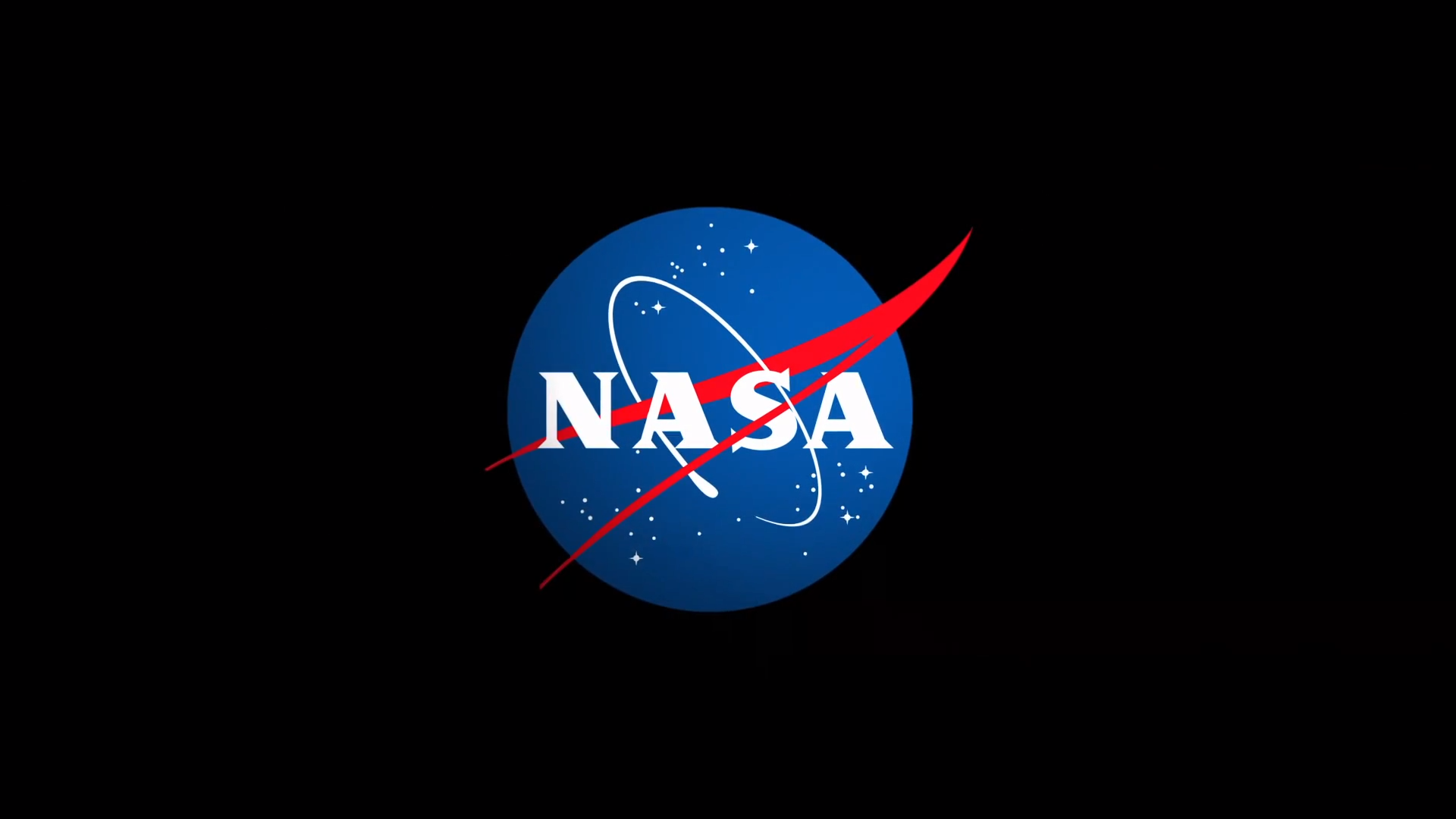NASA Tunnel Generates Decades of Icy Aircraft Safety Data
On Sept. 13, 1944, researchers subjected a Bell P-39L Airacobra to frigid temperatures and a freezing water spray in the National Advisory Committee for Aeronautics (NACA)’s new Icing Research Tunnel (IRT) to study inflight ice buildup. Since that first run at the Aircraft Engine Research Laboratory (now NASA’s Glenn Research Center) in Cleveland, the facility […]
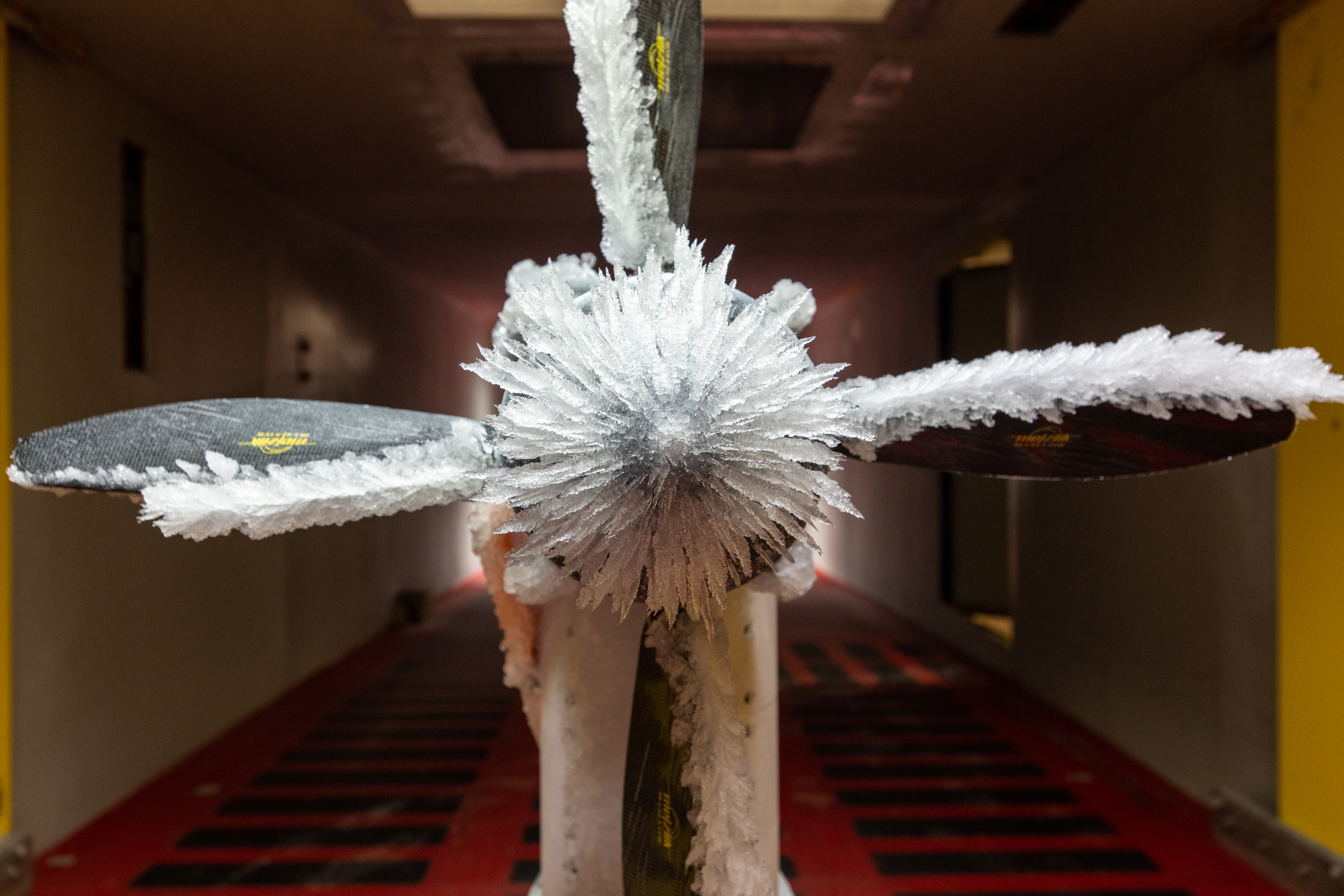
5 min read
Preparations for Next Moonwalk Simulations Underway (and Underwater)
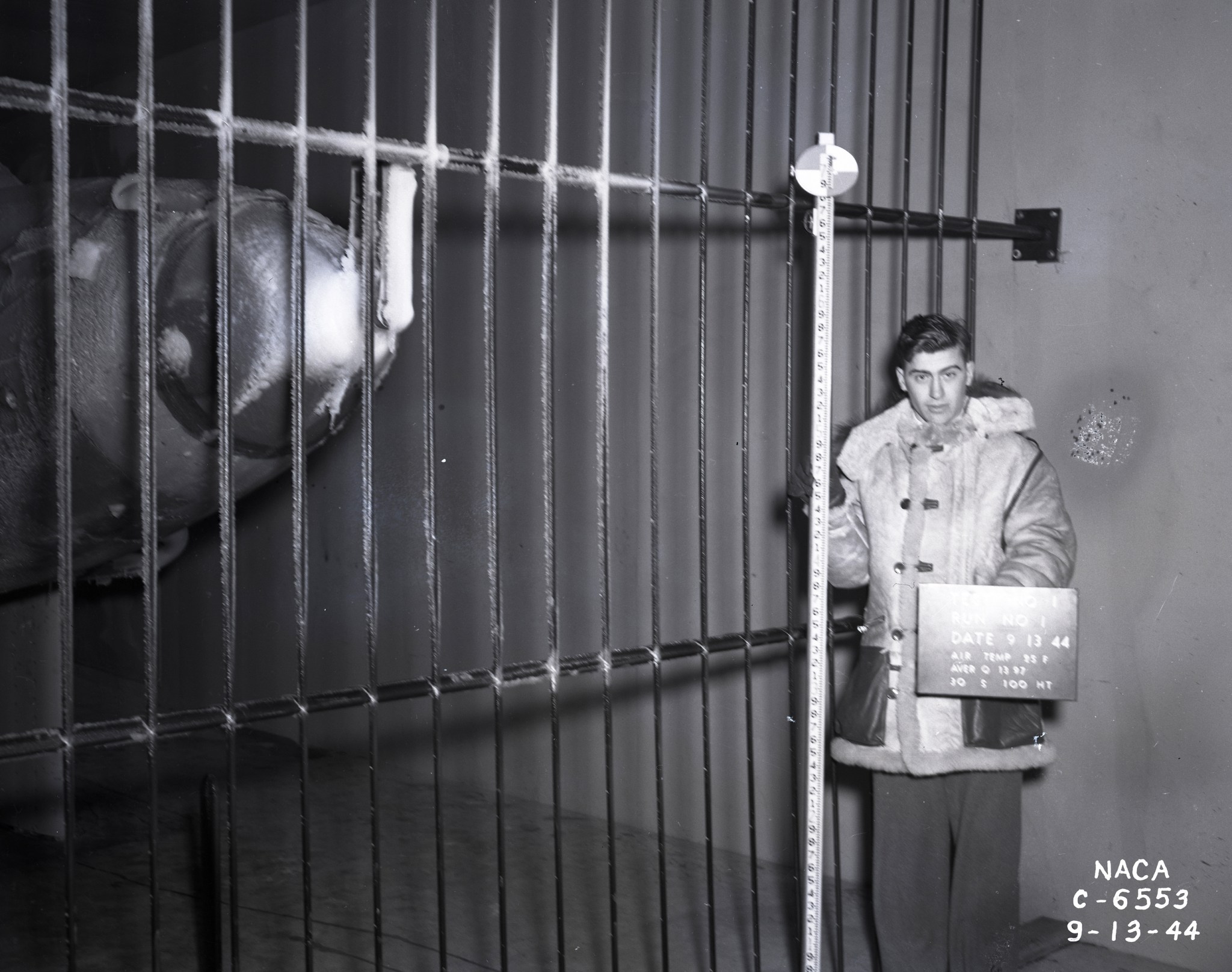
On Sept. 13, 1944, researchers subjected a Bell P-39L Airacobra to frigid temperatures and a freezing water spray in the National Advisory Committee for Aeronautics (NACA)’s new Icing Research Tunnel (IRT) to study inflight ice buildup. Since that first run at the Aircraft Engine Research Laboratory (now NASA’s Glenn Research Center) in Cleveland, the facility has operated on a regular basis for 80 years and remains the oldest and one of the largest icing tunnels in the world.
Water droplets in clouds can freeze on aircraft surfaces in certain atmospheric conditions. Ice buildup on the forward edges of wings and tails causes significant decreases in lift and rapid increases in drag. Ice can also block engine intakes and add weight. NASA has a long tradition of working to understand the conditions that cause icing and developing systems that prevent and remove ice buildup.
The NACA decided to build its new icing tunnel adjacent to the lab’s Altitude Wind Tunnel to take advantage of its powerful cooling equipment and unprecedented refrigeration system. The system, which can reduce air temperature to around –30 degrees Fahrenheit, produces realistic and repeatable icing conditions using a spray nozzle system that creates small, very cold droplets and a drive fan that generates airspeeds up to 374 miles per hour.
Two rudimentary icing tunnels had briefly operated at the NACA’s Langley Memorial Aeronautical Laboratory in Hampton, Virginia, but icing research primarily relied on flight testing. The sophisticated new tunnel in Cleveland offered a safer way to study icing physics, test de-icing systems, and develop icing instrumentation.
During World War II, inlet icing was a key contributor to the heavy losses suffered by C-46s flying supply missions to allied troops in China. In February 1945, a large air scoop from the C-46 Commando was installed in the tunnel, where researchers determined the cause of the issue and redesigned the scoop to prevent freezing water droplets entering. The modifications were later incorporated into the C–46 and Convair C–40.
Despite these early successes, NACA engineers struggled to improve the facility’s droplet spray system because of a lack of small nozzles able to produce sufficiently small droplets. After years of dogged trial and error, the breakthrough came in 1950 with an 80-nozzle system that produced the uniform microscopic droplets needed to properly simulate a natural icing cloud.
Usage of the IRT increased in the 1950s, and the controlled conditions produced by the facility helped researchers define specific atmospheric conditions that produce icing. The Civil Aeronautics Authority (the precursor to the Federal Aviation Administration) used this data to establish regulations for all-weather aircraft. The facility also contributed to new icing protections for antennae and jet engines and the development of cyclical heating de-icing systems.
The success of the NACA’s icing program, along with the increased use of jet engines – which permitted cruising above the weather – reduced the need for additional icing research. In early 1957, just before the NACA transitioned to NASA, the center’s icing program was terminated. Nonetheless, the IRT remained active throughout the 1960s and 1970s supporting industry testing.
By the mid-1970s, new icing issues were arising due to the increased use of helicopters, regional airliners, and general aviation aircraft. The center held an icing workshop in July 1978 where over 100 icing experts from across the world converged and lobbied for a reinstatement of NASA’s icing research program.
The agency agreed to provide funding to support a small team of researchers and increase operation of the icing facility. In 1982, a deadly icing-related airline crash spurred NASA to bring back a full-fledged icing research program.
Nearly all the tunnel’s major components were subsequently upgraded. Use of the IRT skyrocketed, and there was at least a one-year wait for new tests during this period. In 1988, the facility operated more hours than any year since 1950.
The facility was used in a complementary way with the Twin Otter aircraft and computer simulation to improve de-icing systems, predictive tools, and instrumentation. IRT testing also accelerated the all-weather certification of the OH-60 Black Hawk helicopter. In the 1990s, the icing program turned its attention to combatting super-cooled large droplets, which can cause ice buildup in areas not protected by leading edge de-icing systems, and tailplane icing, which can cause commuter aircraft to pitch forward.
The IRT was one of the busiest facilities at the center in the 2000s and continues to maintain a steady test schedule today, investigating icing on turbofan engines and propellers, refining testing of rotating models, validating 3D models, and much more. The IRT been used to develop nearly every modern ice protection system, provided key icing environment data to regulatory agencies, and validated leading ice prediction software. After 80 years, it remains a critical tool for sustaining NASA’s leadership in the icing field.
More Resources:
What's Your Reaction?






























